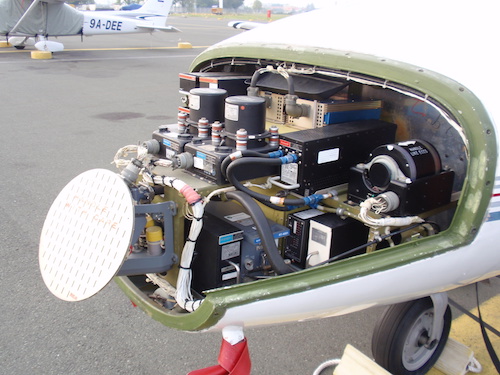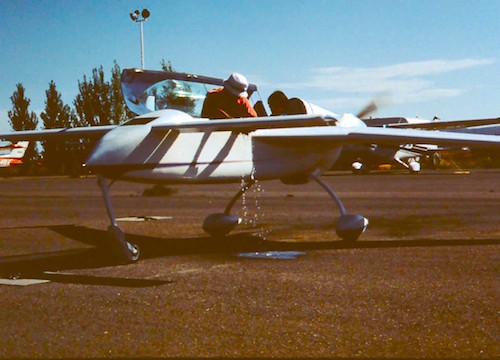Thunderstorm Hazards > Heavy Rain
Learning Goal 4h. Identify thunderstorm hazards to flight &
how to avoid them. Heavy rain.
Assuming your aircraft cockpit doesn't leak (see last photo on this page), the water associated with rain is not a hazard (except when they produce downbursts of air). Namely, most piston aircraft engines work OK in the rain, and none of the electrical systems short out.
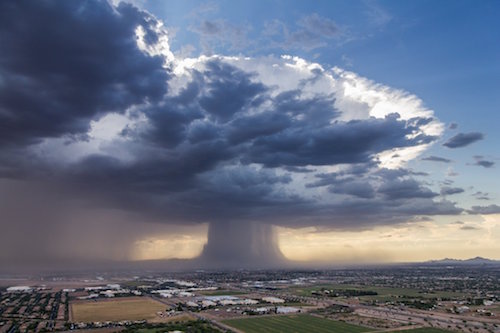
Heavy thunderstorm rain near Phoenix, Arizona,
USA, 2016.
Photo courtesy of Bruce Haffner, Chopperguy.com. Photographer: Jerry
Ferguson. Pilot: Andrew Park.
However, a hazard associated with rain is reduced visibility , with heavier rains having poorer visibility. So if you are flying VFR (visual) you might need to fly around heavy rain areas in order to remain in regions with sufficiently good visibility. Luckily, the heaviest part of thunderstorm rain usually happens in isolated showers of diameters ranging from 1 to 15 km, so you can often fly around them. The exception is a squall line, where there is a nearly continuous line (100s to 1000s km long, but often only 15 km wide) of heavy rain. (Note: Although winter thunderstorms are rare, when they happen, the heavy snow falling out of them can cause extremely poor visibilities.)
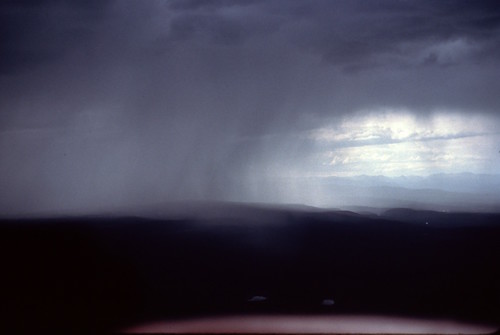
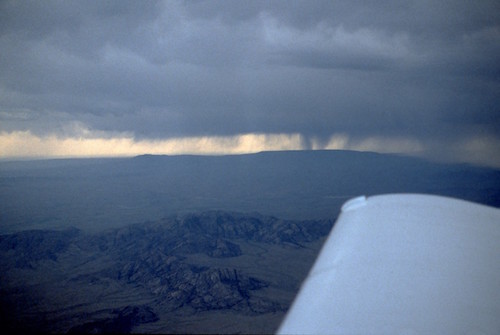
The following video shows the view from the cockpit as an aircraft (flying IFR) flys through a heavy rain shower while approaching to land at an airport. Visibility decreases to near zero in the rain.
For jet or turboprop aircraft, rain is also normally not a problem. However, ingestion of very heavy rain into a turbine engine can cause it to stop. The Canadian TC-AIM states:
"If the updraft velocity in the thunderstorm approaches or exceeds the terminal falling velocity of the falling raindrops, very high concentrations of water may occur. It is possible that these concentrations may exceed the quantity of water that a turbine engine is capable of ingesting. Therefore, severe thunderstorms may contain areas of high water concentration which could result in a flameout or structural failure of one or more engines."
NOTE that lightning can also cause compressor stalls or flameouts.
Many business jets and airlines have airborne weather radar, so they can detect heavy rain cells and change their flight path to avoid the heaviest rain. In the photo below, the phased-array weather radar is the white disk with vertical grey stripes at the front of the aircraft.
Some video examples of the use of airborne weather radar on a flight:
For smaller aircraft without radar, information on the location of thunderstorm cells can be obtained by talking on the radio to weather briefers on the ground (flight-service-station specialists), because the briefers have access to ground-based weather radar images and pilot reports. Also, many pilots can view ground-base weather radar on personal mobile electronic pads and smart phones. Although there is no standard for relating rainfall intensity to colour on the radar display, in general, light rain is blue, moderate is green, heavy is red, and very heavy rain or hail is purple or white.
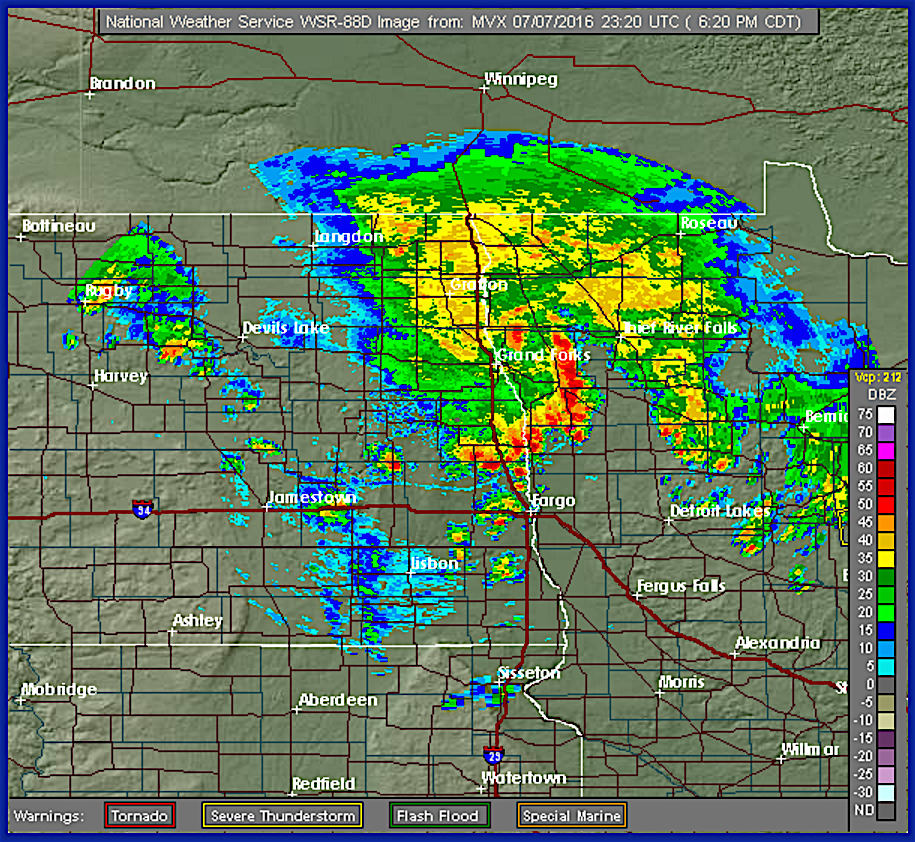
Courtesy of the US National Weather Service, NOAA
If your aircraft is not watertight, then after a heavy rain (whether flying or parked on the ground), you may need to bail out the water from the cockpit.
Key words: flight service station, ingestion, pilot reports, rain cells, thunderstorm cells, visibility, VFR, weather radar
Extra info for experts; not needed for this course.
- YouTube training video for a Honeywell Aviation weather radar: https://www.youtube.com/watch?v=WNVtJeccNSM
- YouTube example of changing radar scan modes in flight: https://www.youtube.com/watch?v=eZ-xydb0EuM
- Details of how weather radar works: Stull, 2017, Practical Meteorology. Chapter 8: Satellites and Radar
Image credits. All figures by Roland Stull, except where otherwise noted.
